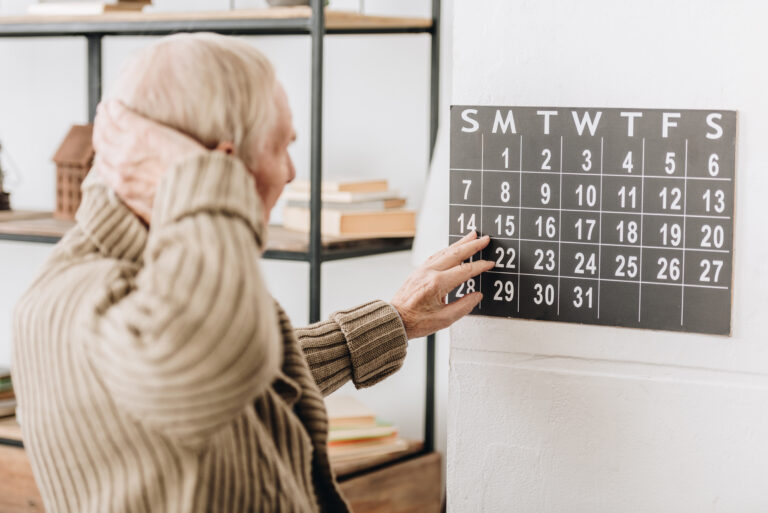Low blood pressure, medically known as hypotension, occurs when the force of blood against the walls of the arteries is lower than normal, typically defined as a systolic pressure below 90 mm Hg or a diastolic pressure below 60 mm Hg. It can result from a wide range of causes, spanning from benign lifestyle factors to serious medical conditions.
One of the most common causes of low blood pressure is **dehydration**, which reduces the volume of blood circulating in the body, leading to a drop in pressure. Dehydration can occur due to excessive sweating, vomiting, diarrhea, or inadequate fluid intake[1][3]. Similarly, **severe bleeding** or blood loss from trauma or internal bleeding reduces blood volume and causes hypotension[1][3].
**Nutritional deficiencies** also play a significant role. Lack of essential nutrients such as vitamin B12, folate, and iron can lead to anemia, a condition where the body has fewer red blood cells to carry oxygen. This reduces blood volume and pressure[2]. Poor nutritional intake overall can contribute to low blood pressure by weakening the body’s ability to maintain vascular tone and blood volume[1].
Certain **medications** are well-known to cause low blood pressure as a side effect. These include:
– **Diuretics (water pills)**, which reduce blood volume by increasing urine output[2].
– **Beta-blockers**, which lower heart rate and reduce cardiac output[2].
– **Antidepressants and antipsychotics**, which can cause orthostatic hypotension, a sudden drop in blood pressure upon standing[2].
**Alcohol consumption** is another factor; alcohol acts as a vasodilator, relaxing blood vessels and lowering blood pressure. Excessive drinking can also cause dehydration, compounding the effect[1][2].
**Heart-related problems** can cause low blood pressure by impairing the heart’s ability to pump blood effectively. Conditions such as heart attack, heart failure, myocarditis (inflammation of the heart muscle), or arrhythmias (irregular heartbeats) can lead to cardiogenic shock, a severe form of hypotension where the heart cannot supply enough blood to meet the body’s needs[3][5].
**Endocrine disorders** can also cause hypotension. For example, adrenal insufficiency (Addison’s disease) results in decreased production of aldosterone, a hormone that helps regulate sodium and water balance, leading to low blood volume and pressure[2]. Similarly, hypothyroidism and diabetes can affect blood pressure regulation.
**Neurological conditions** may disrupt the autonomic nervous system, which controls blood vessel constriction and heart rate. One example is neurally mediated hypotension, where the brain and heart fail to coordinate properly, causing sudden drops in blood pressure, especially after standing for long periods[4].
**Pregnancy** causes hormonal changes and expansion of the circulatory system to support the fetus, which can temporarily lower blood pressure, particularly in the first and second trimesters[2].
**Postural or orthostatic hypotension** is a common form of low blood pressure that occurs when standing up quickly from a sitting or lying position. It results from blood pooling in the legs and a delayed cardiovascular response to maintain blood flow to the brain, causing dizziness or fainting[4][6].
Other less common causes include:
– **Severe infections (septic shock)**, where widespread inflammation causes blood vessels to dilate and blood pressure to drop dangerously.
– **Allergic reactions (anaphylaxis)**, which cause vasodilation and fluid leakage from blood vessels.
– **Certain neurological disorders** such as Parkinson’s disease can impair autonomic regulation of blood pressure.
In many cases, low blood pressure may not cause symptoms and does not require treatment. However, when it leads to dizziness, fainting, fatigue, or shock, identifying the underlying cause is critical. Diagnostic tests may include blood tests to check for anemia or hormonal imbalances, electrocardiograms to assess heart function, and imaging studies if needed[4].
Treatment depends on the cause. For dehydration or nutritional deficiencies, increasing fluid and nutrient intake can help. Medication adjustments may be necessary if drugs are the cause. In cases related to heart or endocrine diseases, specific medical therapies are required. Lifestyle changes such as rising slowly from sitting or lying positions and wearing compression stockings can help manage orthostatic hypotension[4].
Because low blood pressure can be a sign of serious health issues, medical evaluation is important to prevent complications such as falls, organ damage, or shock[4][6].
—
Sources:
[1] Prodia Digital, “13 Causes of Low Blood Pressure: Symptoms, Risks, and Prevention”
[2] LAM Clinic, “Low Blood Pressure and Dizziness: Should You Be Worried?”
[3] Dr.Oracle AI, “What causes hypotension?”
[4] Centro Médico ABC, “Low Blood Pressure or Hypotension”
[5] Mayo Clinic, “Cardiogenic shock – Symptoms & causes”
[6] University of Rochester Medical Center, “A Serious Look at Fainting”





